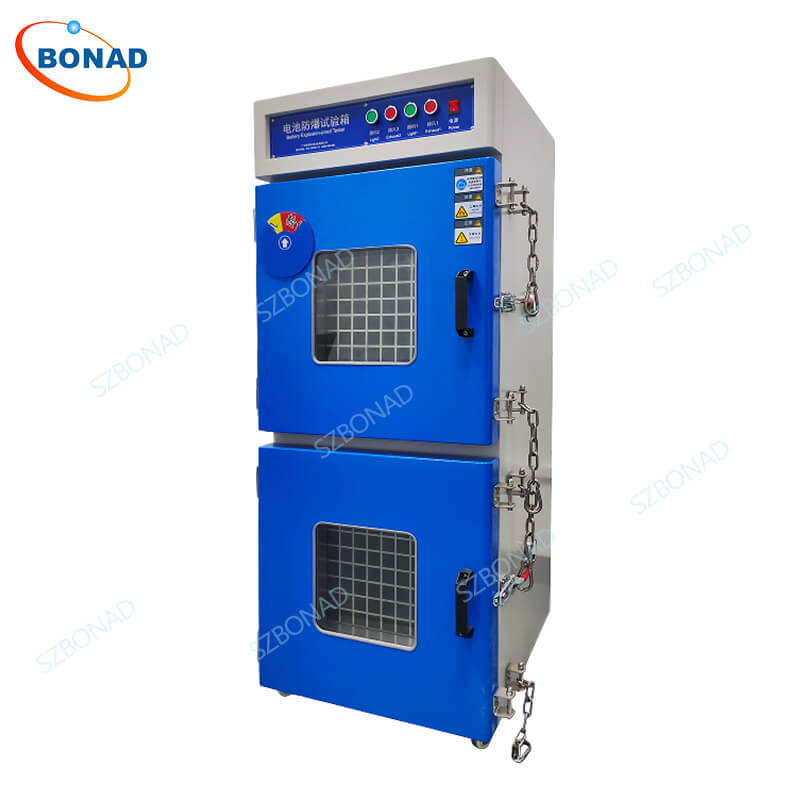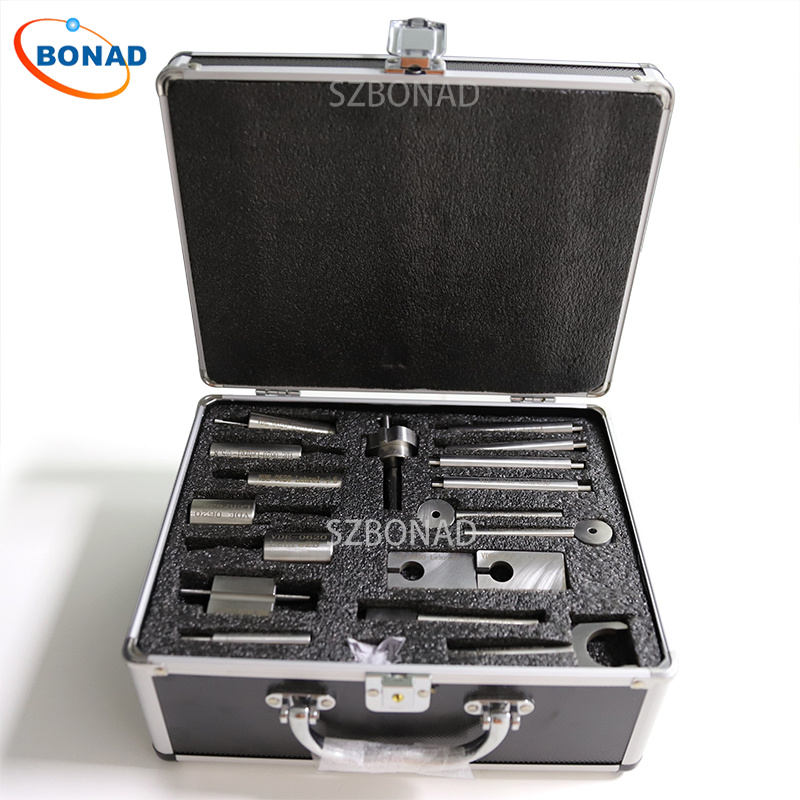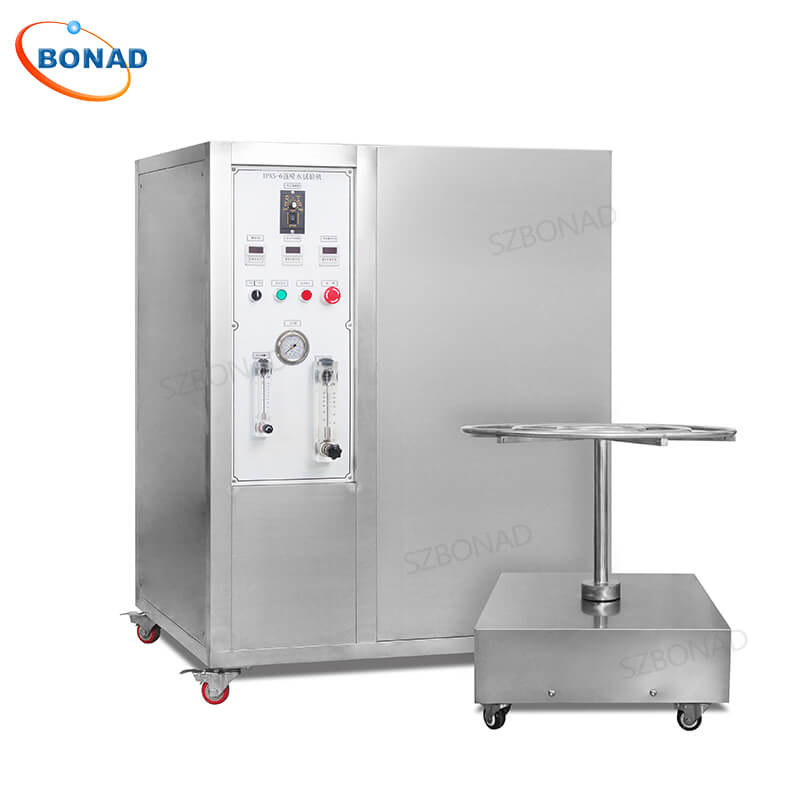In today’s world, where electric vehicles (EVs), smartphones, and renewable energy storage are increasingly prevalent, ensuring battery safety and reliability is more crucial than ever. Battery failures can result in dire consequences such as fires, explosions, and expensive product recalls.
The solution lies in environmental chambers designed for battery testing. These specialized chambers replicate extreme real-world conditions to ensure that battery packs, modules, and management systems (BMS) operate safely and efficiently.
This article delves into the reasons behind battery failures, how environmental chambers mitigate these risks, and how they can be utilized to enhance product safety and compliance.
Understanding Battery Failure Causes
Despite advancements in battery technology, failures still occur due to various stress factors:
- Overheating and Thermal Runaway: Excessive heat can lead to uncontrolled energy release, causing fires or explosions.
- Moisture and Corrosion Damage: High humidity or condensation exposure can result in short-circuits or accelerated degradation.
- Structural and Mechanical Stress: Impacts, vibrations, and pressure changes during transport or use can cause ruptures.
- Charging and Discharging Issues: Improper voltage regulation can damage cells over time.
Environmental chambers for battery testing recreate extreme conditions to evaluate safety, performance, and longevity.
How Environmental Chambers Enhance Battery Safety
- Simulating Extreme Temperature Conditions
Temperature fluctuations play a significant role in battery performance. Environmental chambers conduct temperature cycling tests to ensure batteries function safely across various climates. This is vital for applications in automotive, aerospace, and consumer electronics.
Our Battery Testing Solutions include:
- High-Low Temp Test Chamber: Evaluates durability under extreme temperatures.
- Explosion Proof Battery Temperature Test Chamber: Designed for high-risk scenarios with real-time monitoring.
- Preventing Overheating and Thermal Runaway
Lithium-ion batteries are prone to overheating. Environmental test chambers incorporate thermal management systems to prevent thermal runaway incidents.
Recommended Product: Walk-In Battery Temperature Explosion-Proof Test Solution – Customizable controls meet industry safety standards.
- Humidity and Corrosion Testing
Excessive moisture leads to corrosion and leakage. Environmental chambers control humidity levels to test integrity under wet or dry conditions.
Recommended Product: Temperature, Humidity, and Salt Spray Corrosion Test Chamber – Evaluates corrosion resistance effectively.
- Mechanical Stress and Vibration Testing
Batteries must withstand mechanical shocks in automotive and aerospace industries. Chambers simulate transportation conditions to ensure structural integrity.
Recommended Product: Battery Temperature Humidity Vibration Test Chamber – Ensures reliability through rigorous testing.
- Compliance with Global Safety Standards
Battery testing adheres to international standards like IEC 62133 and UL 1642 for consumer safety compliance.
Recommended Product: Double Layer Battery Temperature Cycling Test Chamber – Optimized for lithium-ion testing with customizable features.
By employing environmental chambers for battery testing, manufacturers can significantly enhance product safety, reliability, and compliance with global standards while mitigating potential risks before products reach consumers.



